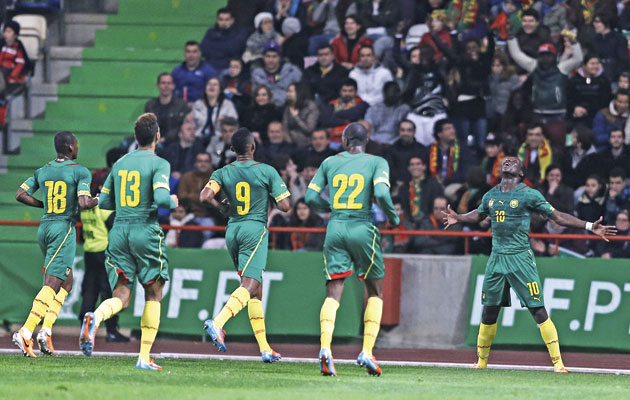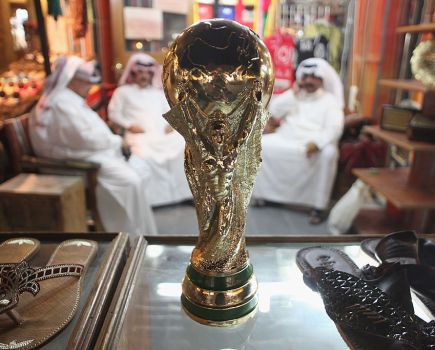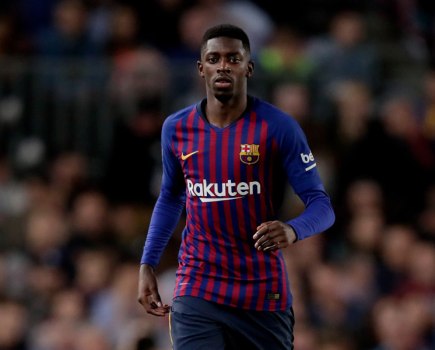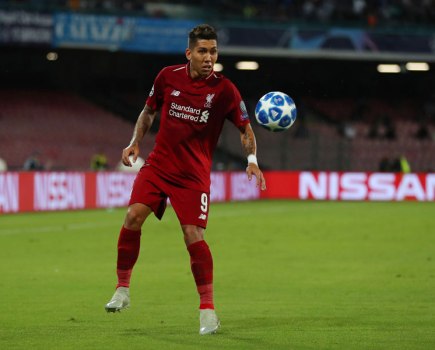Group A
13 June 2014
Mexico v Cameroon, Arena das Nunas, Natal, 17:00 (BST).
Introduction
The second day of the 2014 World Cup kicks off at Natal’s Arena das Dunas as Mexico take on Cameroon in Group A.
This is only the second ever meeting between these two countries; Mexico won the first clash 1-0 in a friendly in 1993.
Mexico, perennial World Cup qualifiers who have never failed to make it out of the group stages in their previous five appearances at the finals, will be looking to get off to a winning start to maintain that proud record.
Their passage to reach this World Cup was no cakewalk, though, as they needed an Intercontinental play-off win over New Zealand to secure their place in Brazil.
Manager Miguel Herrera was appointed ahead of that tie, with Cameroon only his third competitive opponents since taking the job. Thus far, he has relied on homegrown talent, having previously picked sides consisting purely of home-grown players.
Given the size of the country and the depth of its football culture, it is fair to say that Mexico are one of the great underachievers in world football.
But, according to Herrera, that could be about to change.
“We’ll pleasantly surprise a lot of people,” said. “From the outset we have to visualise the idea we can reach the final.
“The history of our football doesn’t back up my words but we have a good team and a great infrastructure in Mexico. We just lack the mentality to set ourselves those goals.”
Cameroon arrived in Brazil later than scheduled as the players refused to travel following a row over bonus payments.
A compromise was eventually reached, and ahead of their opening Group A game, coach Volker Finke said he did not blame his players for making their demands.
“For me, you have to respect some things. You can’t judge people who do not have the same conditions as other people,” said the German.
“Here (in Africa) we have traditions, there are certain relationships with the football federation and the government. You have to respect certain ways.”
A quarter-final appearance at Italia 90 remains Cameroon’s best performance in the competition, but in the four World Cups since then, the Indomitable Lions have mustered just one win.
Four years after losing all their three group games in South Africa, Cameroon are looking for revenge.
“We’re coming here with a feeling of revenge, that’s for sure,” said Marseille defender Nicolas N’Koulou, one of 13 players in the current squad to have suffered the ignominy of 2010’s premature exit.
“We totally failed in 2010, but things are different now. We’re a cohesive group and have a good mix of experience with some younger players.
“We’re like a family. We’re in good spirits and determined to give it everything to make the nation proud.”
Team news
Herrera has left Manchester United forward Javier ‘Chicharito’ Hernandez on the bench for Friday’s opener.
He has opted instead for Villarreal forward Guillermo Dos Santos and Oribe Peralta to start up front.
Injuries to midfielder Juan Carlos Medina and Luis Montes mean that Jose Vazquez and Hector Herrera will join Andres Guadardo in a creative midfield.
For Cameroon, Henri Bedimo may get the nod at left-back over Benoit Assou-Ekotto. Captain Samuel Eto’o will lead a three-pronged attack featuring Eric Maxim Choupo-Moting and Benjamin Moukandjo out wide.
Tactics
Mexico
Herrera puts his faith in wingbacks and Liga MX players
Herrera has adopted the attacking line-up used by former national coach Ricardo La Volpe in Germany 2006 to such an extent that he often seems to overlook the team’s stars in favour of those players that have already played under him at club level and who know his 5-3-2 system.
In Herrera’s system the wingbacks play a big role and they are in charge of generating the side’s attacking thrust with well-timed forward runs. There’s only room for one anchorman and the other two midfielders are used more in box-to-box roles, recovering possession and offering support for the wide players. Of the two strikers, one usually operates as a pure centre-forward while the other takes up a more withdrawn position. The pair can, however, swap roles during the game.
It’s a very attack-minded system in which all the players have to be confident with the ball, but it is also one that can be very risky as up to seven players can be in the opposing side at the same time, leaving the anchorman and the three central defenders very exposed at the back.
Herrera has stated that he’s prepared to change his set-up if the need arises, but from what has been seen in this year’s friendlies that doesn’t seem to be the case. It’s safe to assume that Mexico’s games in Brazil will feature plenty of goals, although it remains to be seen how many of them will be scored by “El Tri”.
It seems that Herrera may well stick to his guns and use mostly local Liga MX players in his starting XI, with the only exceptions being Espanyol’s Hector Moreno and Porto pair Diego Reyes and Hector Herrera.
While there doesn’t seem to be a place in the starting line-up for talented players such as Giovani Dos Santos, the finals will give left-back Miguel Layun, box-to-box midfielder Carlos Pena and striker Oribe Peralta the chance to shine on the world stage.
Plan B?
While Herrera is unlikely to be swayed from his 5-3-2 set-up, he could change the personnel. The most likely scenario will be to accommodate both Dos Santos and Peralta up front.
Cameroon
Eto’o, the main man, will call all the shots
Despite occasionally being shifted out to the right, team standard bearer Samuel Eto’o is likely to spend his swansong tournament in his natural line-leading habitat.
Plan B?
Should Cameroon go behind, Finke could well switch to a 4-3-3 face-saver, a template boasting Song, Makoun, Eyong or Joel Matip as the midfield three and Eto’o flanked by Aboubakar and Moukandjo. The experienced Achille Webo, the physically-imposing Mohamadou Idrissou and the elegant Eric-Maxim Choupo-Moting will offer striking alternatives from the bench.
Up against hosts Brazil, CONCACAF heavyweights Mexico and a very capable Croat side, the Indomitable Lions undoubtedly are in one of the toughest first round pools and if Finke does fall victim to big-match nerves, a solution might be a 4-3-1-2, with a teak-tough trio of enforcers protecting the back four, Moukandjo in the “hole” and Eto’o and another forward up front.
Cameroon are more likely to be used to the Amazonian heat and humidity of Manaus than opponents Croatia, and this game could hold the key to their entire campaign.
Cameroon’s main asset Samuel Eto’o plays wide on the right for his country, but with a free role that is equally effective as it can be anonymous. Some past matches have seen him pop up with his customary sharpness in the penalty box to the benefit of Cameroon’s cause, while other games have seen him too far back in midfield trying frustratingly to get some time on the ball.
Frequent use of the flanks, with Benjamin Moukandjo wide on the left, will be one of the “Indomitable Lions” game plans. But they might also use Eto’o as a central striker, in which case Jean Makoun will come in on the right-hand side. With Idriss Carlos Kameni falling out of favour at the last World Cup, Cameroon have found a solid goalkeeper in former Liverpool reserve Charles Itandje.
Stephen Mbia and Enoh Eyong provide solid cover in defence, allowing Eric-Maxim Choupo-Moting to support Eto’o.
Finke will have several players capable of putting together a strong pressing game, but his real concern will be the defence. An alternate plan with Eto’o would be to use Achille Webo and Choupo-Moting as an attacking pair, but this is unlikely to happen unless there are same behind-the-scenes turmoil of four years ago.
Teams
Mexico: Ochoa, Layun, Moreno, Marquez, Rodriguez, Aguilar, Guardado, Vazquez, Herrera, Giovani, Peralta. Subs: Corona, Salcido, Reyes, Fabian, Jimenez, Pulido, Hernandez, Ponce, Brizuela, Aquino, Pena, Talavera.
Cameroon: Itandje, Djeugoue, N’Koulou, Chedjou, Assou-Ekotto, Song, Mbia, Enoh, Moukandjo, Eto’o, Choupo-Moting. Subs: Feudjou, Nounkeu, Aboubakar, Makoun, Bedimo, Webo, Fabrice, Salli, Matip, Nyom, N’Djock.
Referee: Wilmar Roldan Perez (Colombia).







